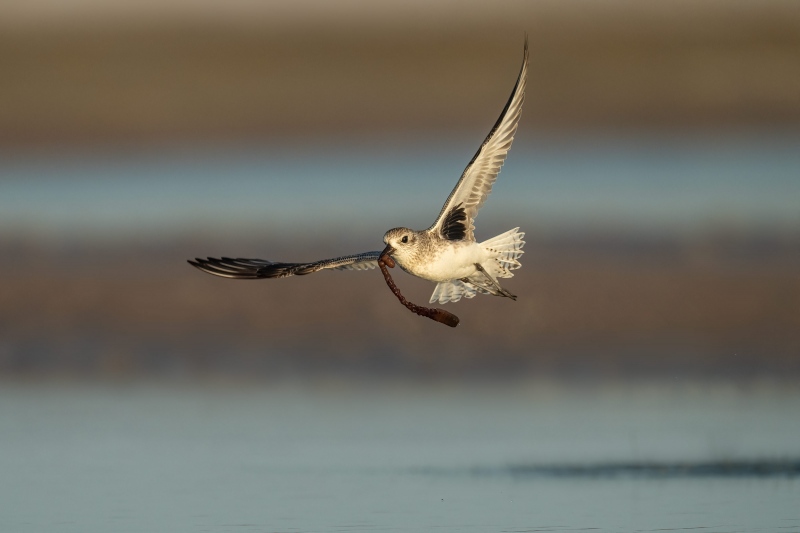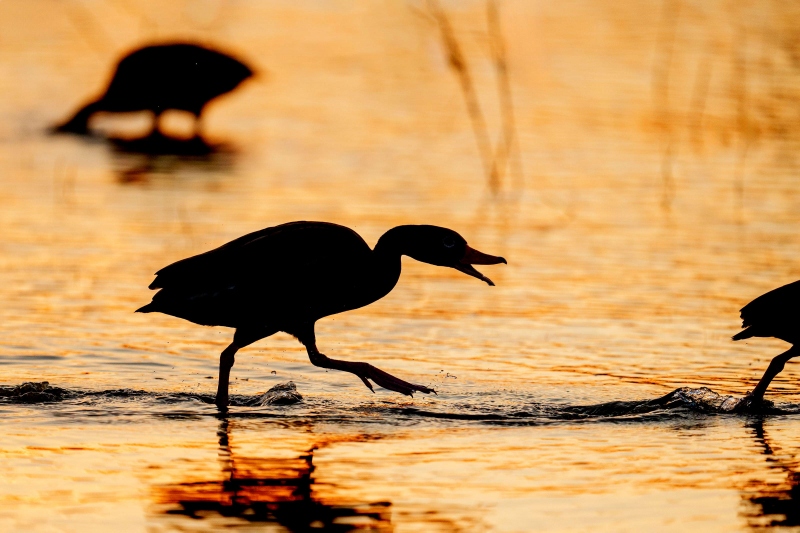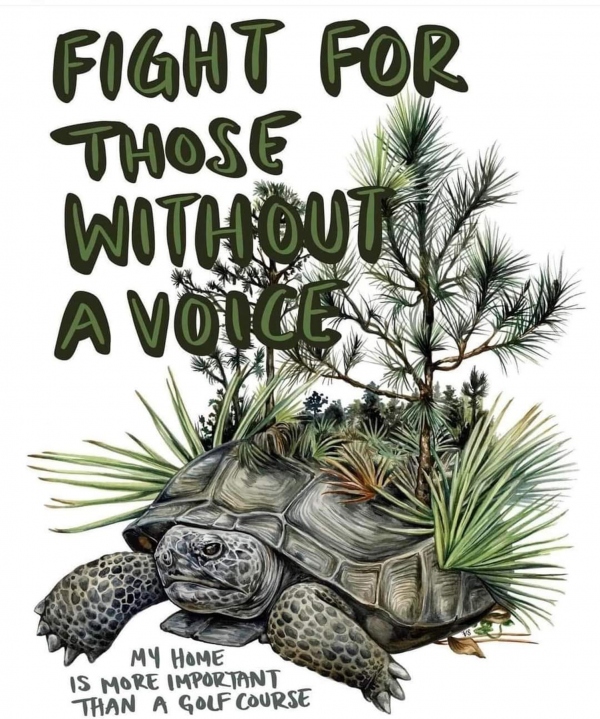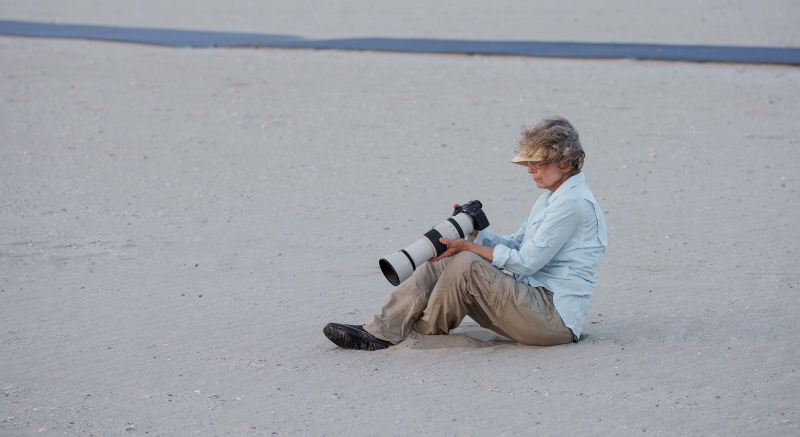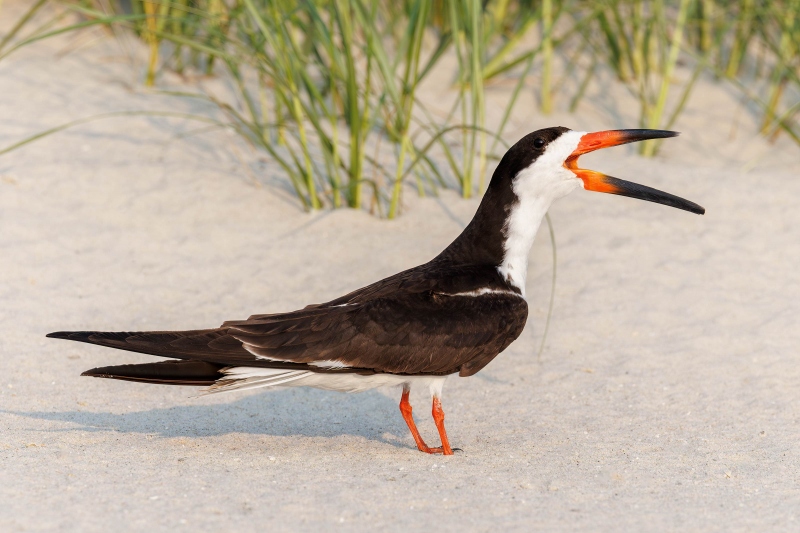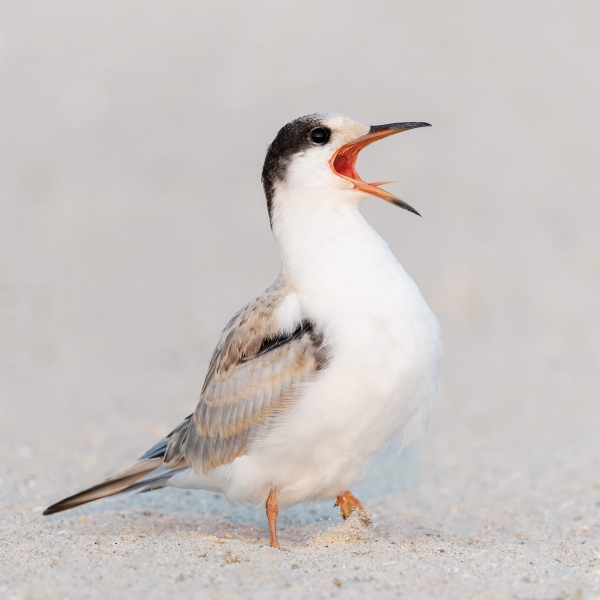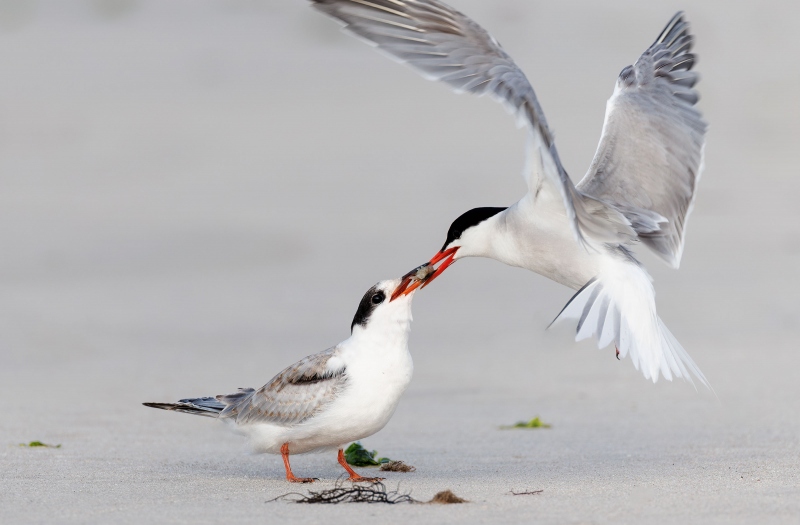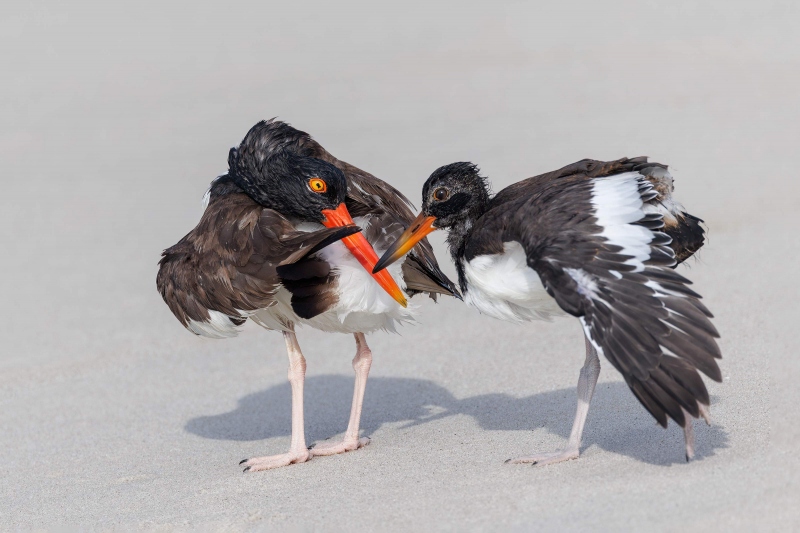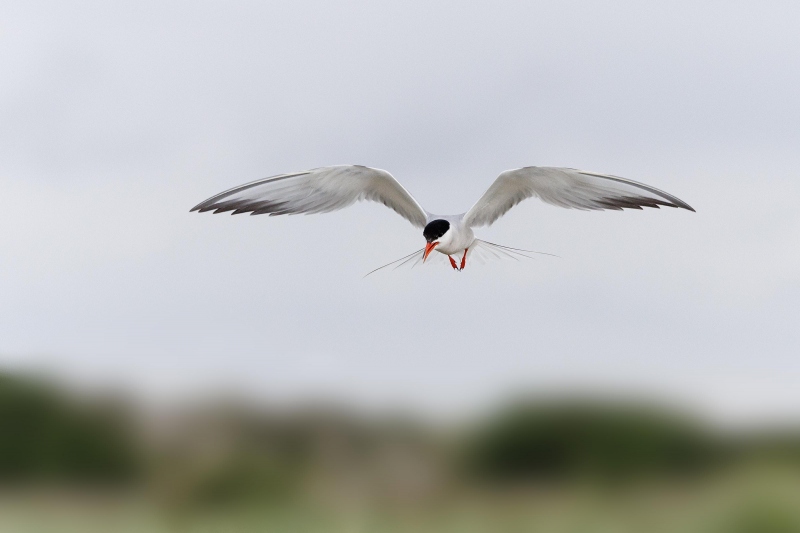August 30th, 2024 What’s Up?
My right hand continues to heal nicely. The thumb (trigger finger) was as good as new the next day. The stitches come out next Tuesday. Though the crushing, tingling pain in the hand is gone, it appears that I will have some lingering tenderness along the inside of the ring finger of my right hand for quite some time as the nerve heals and calms down.
I have been getting lots of rest at younger daughter Alissa’s home in Ronkonkoma, Long Island, and have been taking a 1 1/2 mile sun walk every afternoon. Older daughter Jennifer and her husband Eric flew to Long Island MacArthur Airport in nearby Islip on Thursday afternoon and we all enjoyed a fabulous spaghetti squash lasagna prepared by Alissa followed by an absolutely sinful dessert, Best S’mores Bars: chocolate, peanut butter, and marshmallow sandwiched between two layers of a graham cookie crust.
Today is Friday 30 August 2024. I will continue working on a new writing project and a Getty Pacific-race Brown Pelican image submission. Whatever you opt to do, I hope that you too choose to have fun and to enjoy life.
Please remember to use the B&H links that are found on most blog pages and to use the BIRDSASART discount code at checkout when purchasing your new gear from Bedfords to get 3% back on your credit card and enjoy free second-day air FedEx. Please, also, consider joining a BAA IPT. You will be amazed at how much you will learn!
If an item — a Delkin flash card, or a tripod head — for example, that is available from B&H and/or Bedfords, is also available in the BAA Online Store, it would be great, and greatly appreciated, if you would opt to purchase from us. We will match any price. Please remember also to use my B&H affiliate links or to earn 3% cash back at Bedfords by using the BIRDSASART discount code at checkout for your major gear purchases. Doing either often earns you free guides and/or discounts. And always earns my great appreciation.
Supporting My Efforts Here
If you enjoy and learn from the blog, please consider using one of my affiliate links when purchasing new gear. It will never cost you a single penny. To support my effort here, please order from B&H by beginning your search here. Or, click here, to order from Bedfords and enter the discount code BIRDSASART at checkout to receive 3% cash back to your credit card and enjoy free Second-Day Air Fed-Ex shipping. It is always best to write for advice via e-mail.
In many cases, I can help you save some serious dollars. And/or prevent you from purchasing the wrong gear.
Save 15%!
If you’d like to try out a new lens or if you need a lens for a specific trip or project (or for an IPT), LensRentals.com is the only way to go. To save 15%, simply click on the logo link above, arrange for your rental, and type in BIRDSASART15. If you type the gear you are looking for in the search box, it will pop right up. LensRentals.com offers affordable insurance. You can decline it, opt for LensCap: Damage Only, or select LensCap: Damage & Theft. Then hit PROCEED TO CHECKOUT. After you enter all of your info but before completing your order, be sure to scroll down to Promo Code box and enter the BIRDSASART15 code to save 15%.
I checked on renting a Sony FE 70-200mm f/2.8 GM OSS II lens for a week. The cost is only $122.00. LensCap: Damage Only coverage can be added for a very low $18.00. Going with LensCap: Damage & Theft would be $27.00. The shipping charge varies. They offer an interesting program called Lensrentals HD. By signing up for this shipping discount program ($99.00/year), you’ll get free Standard Shipping on all the orders you place.
Renting a Sony 600mm f/4 GM OSS lens for a week will cost you $536.00. The two coverage options come in at $76.00 or $114.00. Less your 15% discount when you enter the BIRDSASART15 code into the Promo Code box at checkout and enter the BIRDSASART15 code in the Promo Code box at checkout to save 15%.
Remember, to save the 15% on your rental you must start your search by clicking on the logo above, or on this link: LensRentals.com


B&H
To ensure that I get credit for your B&H purchases, you can always click here. The tracking is invisible but greatly appreciated. And, you can use your PayBoo card. You must use the website to order. B&H will reopen on Fri April 14. Thanking me for the past 4000 educational blog posts could not be any easier and will not cost you one penny. Please shoot me your B&H receipt for major purchases.
Many folks have written recently stating that they purchased a Sony a1 from B&H and would like their free membership in the Sony 1 Info and Updates Group, a $150.00 value. When I check my affiliate account, their orders have not been there. When I let them know that they get credit for B&H purchases only if they use one of the many B&H affiliate links on the blog or begin their searches with this link, they are always disappointed. If in doubt, please contact me via e-mail and request a BH link. I am always glad to help and to guide you to the right gear.
Bedfords Simplified
Click here to start your search. Choose standard shipping, and when you get to the payment page, enter BIRDSASART in the discount code box and hit apply. You will be upgraded to free second day air Fed-Ex and receive 3% cash back on your credit card once your stuff ships. Either is greatly appreciated by yours truly.
Bedfords Amazing BAA Discount Policy
Folks who have fallen in love with Bedfords can now use the BIRDSASART coupon code at checkout to enjoy a post-purchase, 3% off-statement credit (excluding taxes and shipping charges) on orders paid with a credit card. The 3% credit will be refunded to the card you used for your purchase. Be sure, also, to check the box for free shipping to enjoy free Second Day Air Fed-Ex. This offer does not apply to purchases of Classes, Gift Cards, prior purchases.
Visit the Bedfords website here, shoot Steve Elkins an e-mail, or text him on his cell phone at (479) 381-2592.
Gear Questions and Advice
Too many folks attending BAA IPTs and dozens of photographers whom I see in the field and on BPN, are — out of ignorance — using the wrong gear, especially when it comes to tripods and more especially, tripod heads. And the same is true in spades when ordering new camera bodies or lenses. My advice will often stave you some serious money and may help you avoid making a seriously bad choice. Please know that I am always glad to answer your gear questions via e-mail. If you are desperate, you can try me on my cell at 863-221-2372. Please leave a message and shoot me a text if I do not pick up.
Lugworm City!
The lugworm (Arenicola marina) is a large marine worm of the phylum Annelida. Its coiled castings are a familiar sight on a beach at low tide, but the animal itself is rarely seen except by those who, from curiosity or to use as fishing bait, dig the worm out of the sand. At DeSoto, it is a favorite food of the Marbled Godwits that will often work for minutes extracting the worms from their holes. Black-bellied Plovers and Willets will almost always attempt to steal a just-captured lugworm from the larger godwits.
The plover in Image #1 grabbed the lugworm from a Marbled Godwit and flew right at me. Note that the black axillary (armpit) feathers are diagnostic of Black-bellied Plover and separate them from the slimmer, shorter-billed, (much rarer along the east coast) American Golden-Plover.
Photo Tip
Whenever the possibility of action exists, it is usually best to select a fast shutter speed along with the relatively high ISO that will result in a properly exposed to the right raw file. At times a shutter speed of 1/2000 sec. (or even slower) will suffice. Shutter speeds of 1/4000 sec. are ideal for flight and for action.
|
|
|
This image was created at Indian Lake Estates, FL from the driver’s seat of my SUV on 30 May 2024. I used the BLUBB-supported Sony FE 600mm f/4 GM OSS lens and The One, the Sony Alpha 1 Mirrorless digital camera.. Exposure was determined via Zebras with Exposure Compensation on the rear dial. Multi-Metering +2.0 stops. AUTO ISO set ISO 2500. 1/4000 sec. at f/4 (wide open) in Shutter Priority mode. AWB at 8:03:26pm just before sunset.
Zone/AF-C was active at the moment of exposure and performed perfectly. Be sure to click on the image to enjoy the larger version.
Image #2: Black-bellied Whistling Duck chasing another
|
Real Photographers Use Manual Mode 100% of the Time. Not!
There are many who firmly state that real photographers use Manual mode 100% of the time. For years, I have firmly disagreed.
In bird photography, the main reason we work in Manual mode more than 90% of the time is that the tonality of the background changes frequently and often. In Manual mode, we determine and set the correct exposure for the bird manually so that the changing background tonalities will not screw things up as they would if we were working in an automatic (exposure) mode.
There are times, however, when working in situations where the tonality of the background is relatively consistent that working in Shutter Priority mode offers some huge advantages. At the beach, before the sun comes up, the sky, the water, and the beach are all of about the same tonality, each much lighter than a middle tone. As the possibility of creating some nice pleasing blurs exists, I will set up the camera as follows: AUTO ISO, Exposure Compensation (EC) on the thumb dial, and Shutter Priority. Then I’ll usually set the EC to +2 1/3 stops and the shutter speed to 1/15 sec., the classic blur speed.
The camera sets the ISO and the well-to-the-right exposures are excellent. And, I can quickly and easily change the shutter speed during a blastoff to try for a different effect. If a nice bird lands right in front of me, I can quickly dial the shutter speed up to 1/60 or 1/125 sec. and begin making sharp images almost instantly (without having to change both the shutter speed and the ISO as I would had I been working in Manual mode). Note: By using Zebra technology, I can always tweak the EC as needed.
I often use a similar strategy when photographing action against brightly colored skies or their reflection off the water (as in Image #2, above). I will set a fast shutter speed and an EC of +2 or so. As noted above, the camera will set the ISO. This approach works perfectly if either the sun is well muted or not in the frame. If I want to try for an image with the bird crossing in front of a partially muted sun, I can reduce the EC depending on the exact situation.
This approach will be far more efficient than opting to work in Manual mode “100% of the time.”
Note: some camera bodies allow you to save a combination of settings as a Custom Setting and usually denote them as C1, C2, or C3. That done you can do everything noted above in one fell swoop simply by moving the main dial from M to 1 (for example).
Your Call?
Which of today’s two featured images is the strongest? Please be so kind as to leave a comment and let us know why you made your choice.
Typos
With all blog posts, feel free to e-mail or to leave a comment regarding any typos or errors.
August 28th, 2024
What are They Thinking?
After reading the article below, please take a moment to sign and share the petition below. I did, and it only took a minute as most of the work has been done for you.
https://floridawildlifefederation.org/action-state-parks…/
In addition, call the Governor’s office at 1-850-717-9337. Press option 1 and voice your dispaproval of all plans to develop Florida State Parks.
It is hard to comprehend that these plans were announced by the Department of Environmental Protection. What’s in a name anyway? Governor Ron DeSantis wholeheartedly backs the plans.
I first learned of this important issue on William Steele’s Facebook page. The first round of scheduled meetings has been postponed. You can find lots more important information here.
Florida Is Trying to Ram Development of State Parks, “Skirting the Legal Process”
Posted August 21 2024
By Jason Cochran (from the Frommer’s Website here.)
Floridians are sounding a red alert after the state unexpectedly revealed its intent to allow rapid development at nine of Florida’s nature reserves, sidestepping the usual process that allows for public participation.
“This appears to be something that has been planned in secret, and it doesn’t appear to have involved the hundreds, if not thousands, of people who are volunteers in the parks, the citizen support organizations, or the many people who have been involved in helping to create and develop Florida’s award-winning park system,” said Eric Draper, who served as the director of Florida’s state parks between 2017 and 2021, in the Tampa Bay Times.
On Aug. 19, Florida’s current Department of Environmental Protection announced plans to carve out major sections of nine state parks for several construction projects. Many of the areas are on pristine land that has never before been built upon.
One proposal obtained by citizen watchdogs called for the bulldozing of a section of John Dickinson State Park, north of Jupiter, to be replaced by two 18-hole golf courses, another 9-hole golf course, and a clubhouse. The development would destroy protected Atlantic coastal scrub habitat and a heritage observation tower at Hobe Mountain, pictured above.
“I’m not sure who is feeling a desperate lack of golf courses in southeast Florida, but what I can tell you is we are feeling a desperate lack of native scrub habitat,” Julie Brashears Wraithmell, executive director of Audubon Florida, told the Palm Beach Post. “Putting in a golf course on top of habitat is not what state parks are meant to be.”
Plans for construction at all nine state parks were announced simultaneously, and, contrary to the legal protocol, the state gave members of the public just 8 days to research the impact to the natural habitat, study potential conflicts, and catch corruption in government contracting before public comment is solicited.
According to the Tampa Bay Times, other projects suddenly threatening Florida’s nature reserves include a new 350-room lodge at Anastasia State Park near St. Augustine and another 350-room lodge at Topsail Hill Preserve State Park near Panama City Beach.
Sections of Hillsborough River State Park near Tampa are slated to be cleared for a “disc golf course” and paved over for pickleball courts. New space for “glamping” was announced for Oleta River State Park, a rare green space in the urban Miami Beach area.
Most of the state parks already have amenities for recreation and overnight visitors. The Hillsborough River State Park Preservation Society, for instance, says that location already has a 106-site family campground, picnic areas, pavilions, and a canoe launch.
In interviews, the Tampa Bay Times found that even officials who run the state parks had not been informed of the construction plans. Meanwhile, the state’s newly filed land planning documents claim the changes have been in the works, including through “field meetings,” since 2022.
The public comment process is happening in a manner that will severely limit citizen input. The Florida government is scheduling eight different public comment meetings to be held on a single day—Tuesday, Aug. 27—spread across various locations spanning a whopping 620 miles across the state.
That far-flung simultaneous scheduling, which comes just 6 work days after the plans were announced, will make it impossible for citizens to attend more than one hearing or to comment on the scheme as a whole.
“This seems like a process that is deliberately intended to avoid public participation. The whole spirit of the law is to encourage public participation,” Draper told the Tampa Bay Times.
Florida Gov. Ron DeSantis—famous for loving golf (he even owns a $28,000 golf simulator, courtesy of a political donor) and his administration have named the state park destruction plans the “Great Outdoors Initiative.”
The Tampa Bay Times has spent this week pressing Gov. DeSantis’ office and the state’s environmental agency to answer questions about the surprise development scheme, but so far, DeSantis and company have stonewalled journalists.
This isn’t the first time the DeSantis government has gone around state residents to force its commercial will upon vacation-related destinations. In 2021, after a majority of Key West voters approved a legal referendum to limit the number of cruise passengers permitted to disembark in the town, the DeSantis administration and the Republican-dominated state legislature simply passed a new law to reverse the result of the public vote.
This also isn’t the first time Florida’s ruling elites have tried to convert the state’s nature reserves into cash cows catering to personal leisure interests. In 2011, the Florida legislature attempted to pass a law to allow celebrity golfer Jack Nicklaus to build golf courses in state parks. That plot was withdrawn after public outcry.
It should go without saying that nature reserves have a deep value to our society and our heritage (not to mention the Earth), and citizens should always have an extensive opportunity to examine and approve any construction plans that affect public lands.
The DeSantis government, hiding behind closed doors and trying to splinter any opposition by scheduling distant in-person public hearings swiftly and simultaneously, is trying to force irreversible destruction and commercial exploitation on Florida’s dwindling and threatened ecosystem, and the public deserves better.
Nature reserves are not a partisan issue, and any changes to them must be conducted in the sunshine. The so-called Sunshine State is now depriving Americans of both political parties of the right to appropriately scrutinize and evaluate any changes to our public lands.
Typos
With all blog posts, feel free to e-mail or to leave a comment regarding any typos or errors.
August 26th, 2024 Your Call?
Judy Stepenaskie showed up barely understanding how to operate her Canon gear. After a 90-minute camera body setup session, and a bit of in the field instruction, she began making some excellent images. And she continued to do so for the next five days. When she got back home, she shared some of her images with her partner, Dave, and sent me this e-mail:
Hi Artie: I can’t believe it – Dave was looking at some of my pics and he said: “You never made pictures like this before”!!!
I can believe it. Bird photography is not rocket science. If you cannot join an IPT, be sure too study and bookmark the Improve Your Bird (and Nature) Photography By Leaps and Bounds blog post here.
Which of Judy’s five featured images do you think is the strongest? Be so kind as to leave a comment and let us know why you made your choice.
What’s Up?
I removed my bandages yesterday for the first time. The trigger finger (thumb) incision — six stitches, is looking good, and the carpal tunnel (laparoscopic) incision is barely visible. As expected, I continue to have a bit of numbness in the first four fingers but the debilitating tingling and pain is blessedly gone. I am feeling a bit better each day. As the nerves continue to calm down, I am looking forward to a full and complete recovery.
In the previous blog post here, I was a bit surprised that all but one person picked Image #3 as best. Monte Brown and I liked the first image best. Me because of the blue water and the bit of seaweed. (From the original The Art of Bird Photography, “Add green whenever possible.”)
Today is Monday 26 August. I will be finishing up and submitting my Bird Watcher’s Digest Magazine Fort DeSoto article and get back to work on Murder on the Beach. I hope that you too have a great day.
First Ever Emperor Penguin Chicks Cliff Diving
Check out this amazing video by National Geographic photographer Bertie Gregory:
https://www.facebook.com/reel/25905379979105510
If, like me, you have never heard of Bertie Gregory, click here. I did, and was awestruck. Do not miss his spine-tingling stuff on Antarctic Killer Whales here. His accomplishments at age 30 are mind boggling. If you start surfing his site, be prepared to spend at least a few hours with your jaw hanging down…
|
|
|
This image was created on 5 January 2023 on a San Diego Instructional Photo-Tour at La Jolla, CA. I used the handheld Sony FE 70-200mm f/2.8 GM OSS II lens (at 200mm) and The One, the Sony Alpha 1 Mirrorless Digital Camera.. The exposure was determined via Zebras with ISO on the Thumb Dial. ISO 2000: 1/320 sec. at f/5.6 (a mistake) in Manual mode. AWB at 8:02:16pm on cloudy afternoon.
Tracking: Expand Spot AF/C with Bird-Eye/Face Detection performed perfectly. Click on the image to enjoy a high-res version.
Image #1:Judy Stepenaskie on the beach with her Canon RF 100-500mm.R6 II rig.
|
The First E-mail Exchange
AM: Hi Judy,
Good to hear from you. Thanks for getting in touch. I am just finishing up with the Bald Eagles in Homer, AK.
A few questions if you would: Can you easily handhold the Canon 100-500 or do you use it on a tripod for flight? How much bird photography have you done? Where do you live? What camera and telephoto lenses have you used previously?
JS: I am interested in the July Photo-tour at Nickerson Beach.
AM: Great.
JS: I was wondering how much individual instruction is given.
AM: Lots. Always. Right now, Monte Brown, the only person signed up has been with me many times and has the basics down pat.
JS: I am using a Canon EOS R6m2 with a 100-500 mm zoom lens. I have not been able to capture birds in flight with this camera and need help with the settings to do this.
AM: Though I have never used either the R6 or the R6 II, I am fairly confident that I can help you out with the AF settings.
If you sign up for the IPT I wills send you a free copy of our R5/R6 guide. I used the R5 and a 100-500 for more than a few months when it first came out.
(Learn more about the guide here.)
JS: Would I be getting the help I need, or would a day of individual instruction be better?
AM: In general, beginners and/of folks with new camera bodies would benefit greatly from a day of private instruction the day before an IPT begins. I do that often.
LMK on my questions and any additional thoughts you might have.
With love, artie
|
|
|
This image was created by Judy Stepenaskie on 27 July 2024 at Nickerson Beach Park, Lido Beach, Long Island, NY on the first afternoon of the first Nickerson Beach (Extended) IPT. Seated on dry sand, she used the hand held Canon RF 100-500mm f/4.5-7.1 L IS USM lens (at 400mm) and the impressive Canon EOS R6 Mark II Mirrorless Camera. The exposure was determined using the in viewfinder histogram and confirmed after evaluation of blinks on the JPEG. AWB at 5:51:10pm on a sunny afternoon. ISO 1250: 1/2000 sec. at f/7.1.
Be sure to click on the image to enjoy a high-res version.
Image #1: Black Skimmer adult calling
Image Courtesy of and Copyright 2024: Judy Stepenaskie
|
The First Afternoon
Judy showed up 90 minutes early as planned with her R6 II/RF 100-500 rig. She explained that she had been working in Aperture Priority with AUTO ISO. Her camera set-up was 100% inefficient. I explained to her that working in an automatic exposure mode was a terrible approach as the exposure would change as the tonality of the background changed. As she had no understanding for exposure theory, I frankly explained to her that any good images that she had created previously were due to luck.
She understood, she did not take my comments personally, and quickly agreed to work in Manual mode.
Next was the camera set-up. We reviewed the R5/R6 guide and made lots of menu changes. We set up her R6 so that she could toggle the histogram in the viewfinder On and Off and use it to determine her exposures. I taught her to examine the resulting image for blinkies and thus evaluate her exposures in each new situation. We limited her AF options and made it easy for her to change from one AF pattern to another. As it had been quite a while since I had used the similar R5, we phoned BPN Avian Forum Super-Moderator Dan Cadieux who helped immensely in tying up the loose ends. He saved us a ton of time.
Judy was a quick study, and more importantly, she trusted me. We headed to the beach and in short order, she began creatitng quality images that were sharp and correctly exposed. The skimmer image above was her first keeper. With the southeast wind, she did a great job of waiting for the look-back head turn!
|
|
|
This image was also created by Judy Stepenaskie on 27 July 2024 at Nickerson Beach Park, Lido Beach, Long Island, NY on the first afternoon of the first Nickerson Beach (Extended) IPT. Seated on dry sand, she used the hand held Canon RF 100-500mm f/4.5-7.1 L IS USM lens (at 500mm) and the impressive Canon EOS R6 Mark II Mirrorless Camera. The exposure was determined using the in viewfinder histogram and confirmed after evaluation of blinks on the JPEG. AWB at 5:51:10pm on a sunny afternoon. ISO 2000: 1/1250 sec. at f/7.1.
Be sure to click on the image to enjoy a high-res version.
Image #2: Common Tern — large chick begging
Image Courtesy of and Copyright 2024: Judy Stepenaskie
|
Incredible!
I was amazed that same afternoon when Judy came up with a long series of sharp, perfectly exposed images of a frantically begging Common Tern chick. We had a hard time picking the best of the lot in Photo Mechanic and I was quite impressed with the Animal Eye tracking AF system as it had no problems tracking the eyes of birds.
|
|
|
This image was also created by Judy Stepenaskie. This one on 30 July at Nickerson Beach Park, Lido Beach, Long Island, NY on the third morning of the first Nickerson Beach (Extended) IPT. Seated on dry sand, she used the hand held Canon RF 100-500mm f/4.5-7.1 L IS USM lens (at 500mm) and the impressive Canon EOS R6 Mark II Mirrorless Camera. The exposure was determined using the in viewfinder histogram and confirmed after evaluation of blinks on the JPEG. AWB at 7:13:58pm on a sunny afternoon. ISO 500: 1/1000 sec. at f/7.1.
Be sure to click on the image to enjoy a high-res version.
Image #3: Adult Common Tern feeding chick
Image Courtesy of and Copyright 2024: Judy Stepenaskie
|
Nobody Ever Believes This One
I often state that beginning photographers, with their cameras set up properly and a modicum of instruction, can, on occasion, produce images as good or better than those created by a professional sitting right next to them. That, however, is exactly what happened when Judy created Image #3. As I was to her right when she created Image #3, she had a better angle than I did. She did however, nail the focus and the exposure. QED. (Quod erat demonstrandum: “Which was to be demonstrated.”)
|
|
|
This image was also created by Judy Stepenaskie. This one on 31 July at Nickerson Beach Park, Lido Beach, Long Island, NY on the fourth morning of the first Nickerson Beach (Extended) IPT. Seated on dry sand, she used the hand held Canon RF 100-500mm f/4.5-7.1 L IS USM lens (at 500mm) and the impressive Canon EOS R6 Mark II Mirrorless Camera. The exposure was determined using the in viewfinder histogram and confirmed after evaluation of blinks on the JPEG. AWB at 8:02:02am on a sunny afternoon. ISO 250: 1/1250 sec. at f/7.1.
Be sure to click on the image to enjoy a high-res version.
Image #4: Adult American Oystercatcher preening (& large chick)
Image Courtesy of and Copyright 2024: Judy Stepenaskie
|
The 1.6x (crop)
As Judy’s longest available focal length (500mm) was shorter than everyone else’s (600mm), I recommended that we set her camera to 1.6X crop mode. On the Red Menu, screen 1, the third item down is Cropping/aspect ratio. The default is FULL. We changed that to [1.6x (crop)].That gave her an effective 160 – 800mm lens. Image quality remained quite good.
On the Canon RF100-500mm f/4.5 to f/7.1 L IS USM Super-Telephoto Zoom Lens
At f/7.1 on the long end, this lens is quite slow, faster only than some of the off-brand telephoto zooms. My biggest problem with this lens, however, is the balky, inefficient zoom mechanism. Even with the Tight/Smooth ring set to Smooth, zooming in and out is quit difficult. And the fact that the physical length of the lens changes as you zoom, is a huge negative. The zoom ratio is also poor. I know more than a few very good photographers who use this lens very often. My hat goes off to those who do and produce some very fine work.
Kudos again to Judy for not being afraid of the higher ISOs she needed in various situations to properly expose to the right when using appropriate shutter speeds as needed for a given situation. By correctly choosing a fast enough shutter speed, Judy consistently created sharp images.
|
|
|
This image was also created by Judy Stepenaskie. This one on 31 July at Nickerson Beach Park, Lido Beach, Long Island, NY on the fourth morning of the first Nickerson Beach (Extended) IPT. Seated on dry sand, she used the hand held Canon RF 100-500mm f/4.5-7.1 L IS USM lens (at 300mm) and the impressive Canon EOS R6 Mark II Mirrorless Camera. The exposure was determined using the in viewfinder histogram and confirmed after evaluation of blinks on the JPEG. AWB at 8:02:02am on a sunny afternoon. ISO 2000: 1/4000 sec. at f/6.3
Be sure to click on the image to enjoy a high-res version.
Image #5: Common Tern adult in flight above colony
Image Courtesy of and Copyright 2024: Judy Stepenaskie
|
Judy’s Biggest Problem with the Canon RF 100-500mm Lens
Judy’s biggest problem was a direct result of the zoom mechanism problems mentioned above; she found it nearly impossible o change the focal length of the lens on the fly.
I cannot help but compare the Canon RF 100-500 (3 lbs.) with the Sony 200-600 (4.65 lbs.). Aside from the significant weight advantage of the RF 100-500, the speed (f/6.3 to f/7.1), the reach (600mm to 500mm), the price ($700 less), and the smooth internal zoom mechanism (the length of the lens does not change as you zoom in and out) and much faster zoom ratio are all clear wins for the Sony super-telephoto zoom.
Typos
With all blog posts, feel free to e-mail or to leave a comment regarding any typos or errors.
|
|




